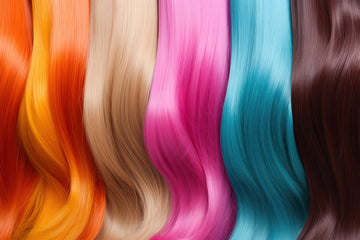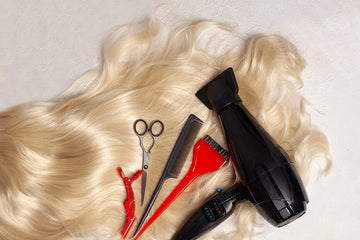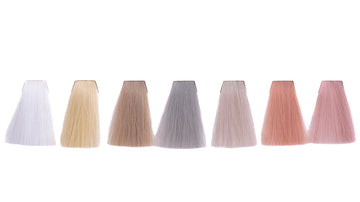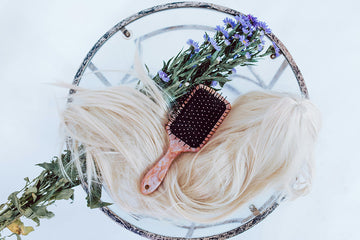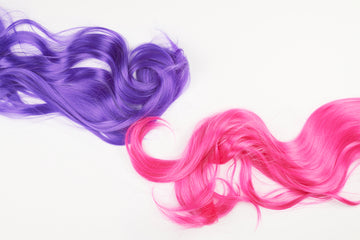In Cosplay, achieving the perfect look for your character often involves customizing wigs to match the desired style and color. Many Cosplay enthusiasts consider dyeing or restyling their wigs to better embody their chosen characters. However, the suitability of these treatments largely depends on the wig's material. Common wig materials include natural hair, synthetic fibers, and high-temperature fibers, each with its own characteristics and limitations. High-temperature fiber wigs are popular for their heat resistance but have limited dyeing capabilities. Understanding the material and appropriate care methods is essential before undertaking any treatments.
Types of Wig Materials and Their Characteristics
-
Natural Hair: Closest to natural hair, easy to dye and style, but expensive and requires regular maintenance.
-
Synthetic Fibers: Made from artificial materials, easy to clean and style, but less suitable for dyeing.
-
High-Temperature Fiber: Common in Cosplay wigs, can withstand heat up to 120°C (about 250°F) for styling, but has limited dyeing capabilities.
Characteristics of High-Temperature Fiber
High-temperature fiber wigs are a popular choice for Cosplay due to their features:
-
Heat Resistance: Can endure temperatures up to 120°C, suitable for heat styling such as curling or straightening.
-
Color Retention: Dyeing results are not as durable as natural hair due to the lack of cuticles, leading to quicker color fading.
-
Care Requirements: Requires specialized care products to maintain shine and smoothness.
Styling and Dyeing Tips
-
Control Temperature: Keep styling tools at or below 120°C to avoid damaging the fibers. Test on a small, inconspicuous area first to ensure safety.
-
Dyeing Advice: While dyeing is possible, the results may not be long-lasting. Use dyes designed for wigs and consider professional dyeing services for even and durable color.
-
Post-Styling Care: Use products specifically for high-temperature fibers, such as conditioning sprays and nutrients, to maintain the wig’s smoothness and shine. Avoid harsh chemicals that can damage the fibers.
-
Avoid Frequent Processing: Excessive heat styling and dyeing can shorten the lifespan of the wig. Limit treatments to necessary instances and reduce frequent styling.
-
Perform Tests: Before major dyeing or styling, test on a discreet part of the wig to ensure the desired outcome and avoid unnecessary damage to the entire wig.
Overall Advice
Although high-temperature fiber wigs can undergo some styling and dyeing, their limited color retention and potential for damage make it preferable to choose pre-colored wigs or color-enhancing accessories. This approach minimizes damage and ensures the best visual outcome. Always conduct thorough testing or seek professional assistance to maintain the wig's optimal condition.

